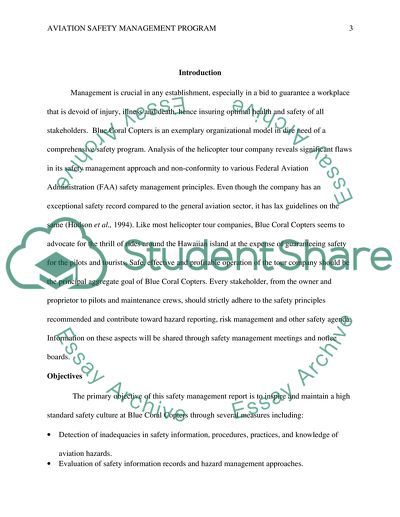Cite this document
(“Aviation Safety Management Program Research Paper”, n.d.)
Aviation Safety Management Program Research Paper. Retrieved from https://studentshare.org/professional/1825221-aviation-safety-management-program
Aviation Safety Management Program Research Paper. Retrieved from https://studentshare.org/professional/1825221-aviation-safety-management-program
(Aviation Safety Management Program Research Paper)
Aviation Safety Management Program Research Paper. https://studentshare.org/professional/1825221-aviation-safety-management-program.
Aviation Safety Management Program Research Paper. https://studentshare.org/professional/1825221-aviation-safety-management-program.
“Aviation Safety Management Program Research Paper”, n.d. https://studentshare.org/professional/1825221-aviation-safety-management-program.


